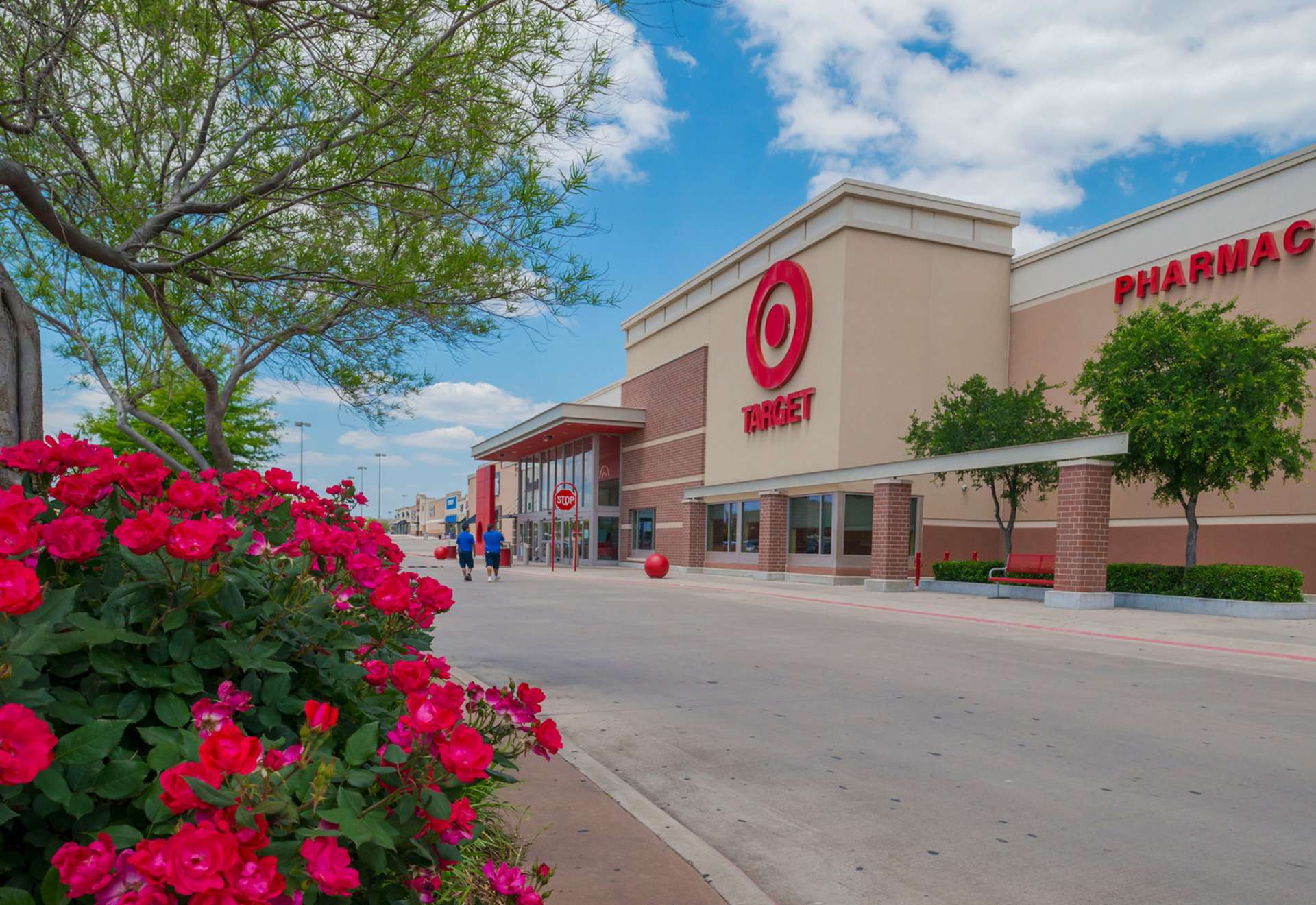The COVID-19 pandemic changed how people work, live, play, educate and innovate. With many companies moving to a remote model, workers abandoned their urban dwellings for more room and green space in the suburbs.
There were winners and losers in the retail space over the last 12 months. Grocery store sales surged during even the strictest of lockdowns and restrictions. As an integral part of the supply chain, they offered essential goods to consumers and remained open when other retailers were forced to close their doors.
 Highly urban areas became ghost towns as people moved to the suburbs and secondary markets. People bought vacation properties near mountains and lakes to get away from dense populations to protect themselves and their families from contracting the virus. Consumer demand flipped on its head with a well-stocked grocery store in a suburban location going to the top of shoppers’ wish lists.
Highly urban areas became ghost towns as people moved to the suburbs and secondary markets. People bought vacation properties near mountains and lakes to get away from dense populations to protect themselves and their families from contracting the virus. Consumer demand flipped on its head with a well-stocked grocery store in a suburban location going to the top of shoppers’ wish lists.
This suburban flight caused a shift in consumer demand, highlighting the value of quality retail centers, particularly those anchored or shadow-anchored by a grocer. As the popular saying goes, “The most important thing in real estate is location, location, location.”
We saw this play out during the pandemic with retail shopping centers, especially within our own portfolio. Going into 2020, our 4-million-square foot retail portfolio had an average occupancy of 97 percent. As of the second quarter of 2021, our occupancy rate sits at 93 percent, with the majority of the decrease due to bankruptcies expected to happen over the next few years, which were sped up into a matter of months.
While we experienced a drop in overall occupancy, there was little-to-no decrease in value as the new tenants are better capitalized than those who failed during the pandemic.
Before the pandemic, we were purchasing retail assets for 8 to 9 percent cap rates. Similar properties with identical national credit tenants in highly urban locations were selling in the 6 to 7 percent cap rate range because, at that time, real estate in highly walkable, urban locations close to entertainment and dining commanded a premium.
Today, we see increased demand for the high-quality retail centers we’ve been targeting in prime suburban and secondary markets. Institutional investors are beginning to notice the value opportunity presented by these assets. As investors seek yield, it’s increasingly difficult to find it in the multifamily and industrial sectors, both of which continue to be hot commodities.
With interest rates at an all-time low, the current yield on highly stabilized retail can easily be north of 10 percent. Therefore, investor demand for retail centers that outperformed during the pandemic increases faster than anyone would have imagined.
While a wholesale shift in retail pricing is not clear yet, signs point to it happening soon. My conversations with multiple institutional investors indicate some have up to 20 percent of their newly allocable capital targeted towards high-yielding, stabilized retail. We haven’t heard this much bullishness for retail in a long time.
We are just starting to emerge from a period in time shaped by a pandemic that no one could have predicted. But even through uncertain times, retailers have adjusted to meet consumers’ demands for new technology, online shopping, and same-day pickup services. Brick-and-mortar retailers are here to stay, even if shopping looks a little different.
Consumer demand is shifting, and investor demand is shifting right along with it. Another downturn may be coming, but no one knows if or when. These are a few reasons why high-quality retail should have a place in the portfolios of investors looking to diversify and balance out their holdings to weather the next storm.
Danny Lovell is President and Chief Executive Officer of The Rainier Companies.






